Tires are among the most important items on your car because they’re the only points of contact with the highway. They’re the unsung heroes that keep you safe and steady on the road. However, they wear out over time so recognizing the warning signs early helps you stay ahead of problems. Here are the common indicators that your tires are past their prime and ready for replacement.
Tread Depth is Too Shallow
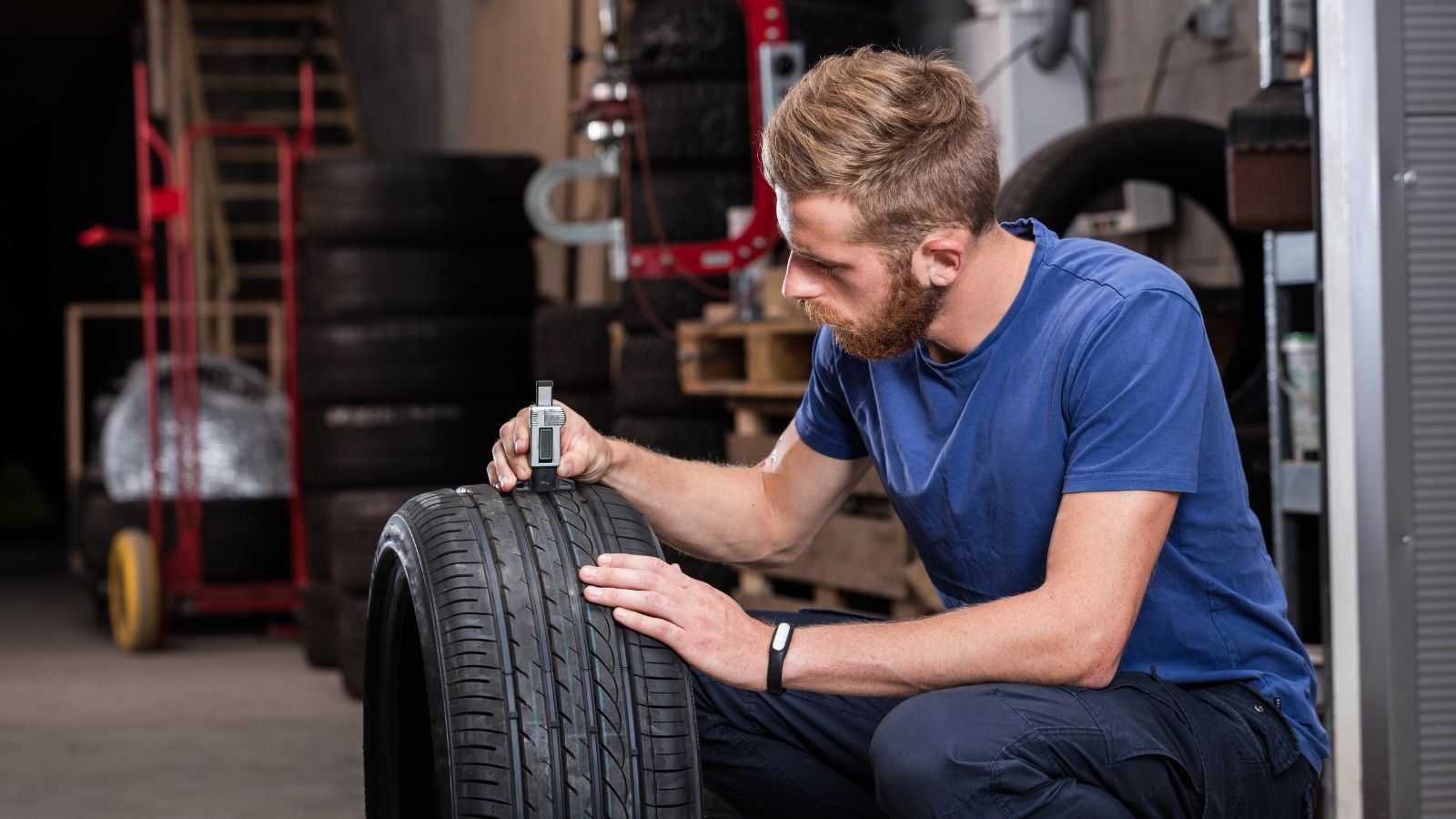
The grooves in your tires are known as treads and help maintain traction. When they get worn, your tires will lose grip – especially in wet or slippery conditions. Check with the ‘penny test’: insert a penny into the tread with Lincoln’s head facing down. If you can see the top of his head, your treads are too worn and need replacing.
Cracks or Bulges
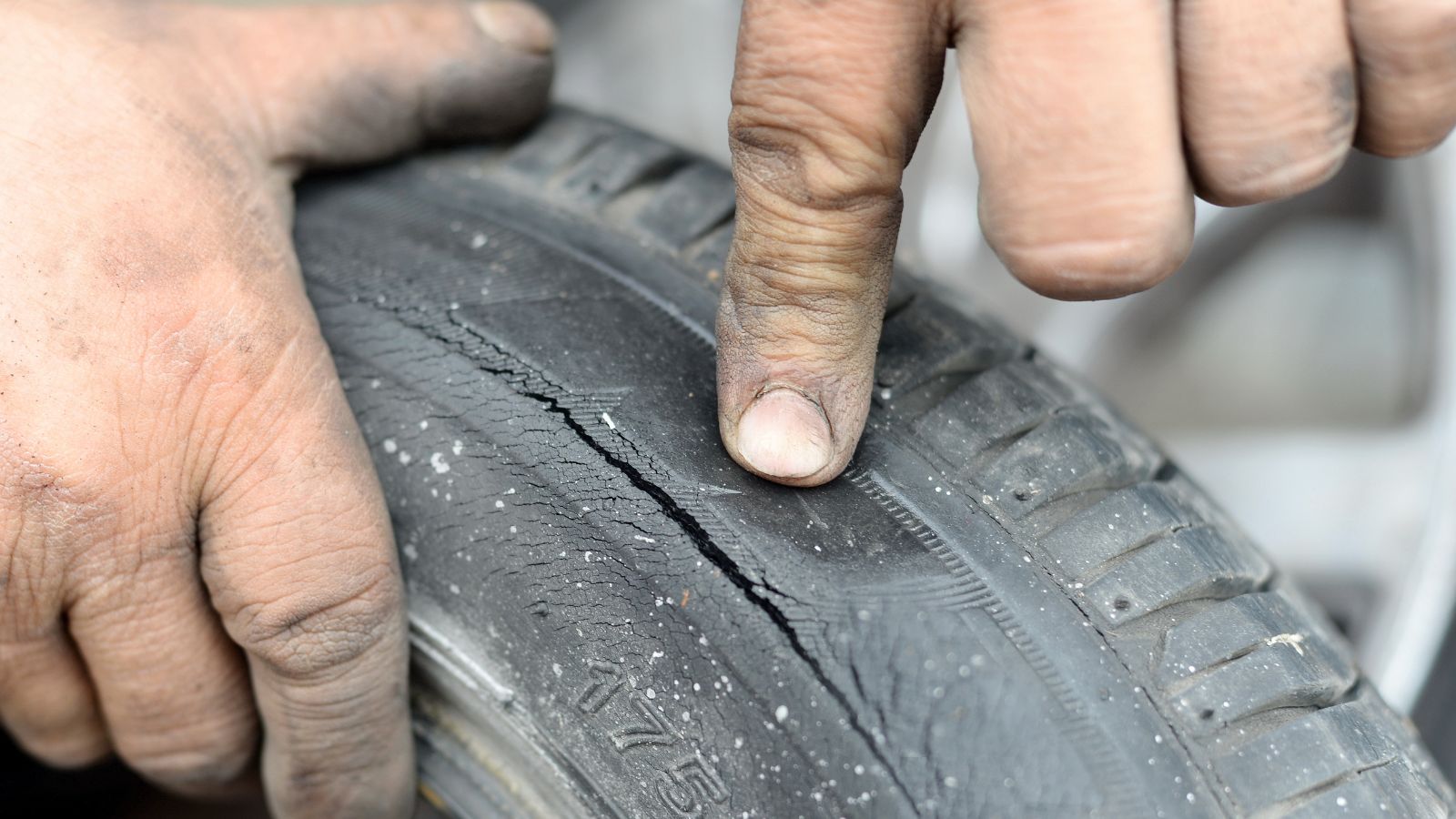
Check your tires for cracks or bulges on the sidewalls. Cracks are caused by exposure to sunlight or extreme temperatures. Bulges suggest internal damage, caused by hitting potholes or curbs. Either means that your tire’s structural integrity is compromised. Replace immediately.
Uneven Wear Patterns
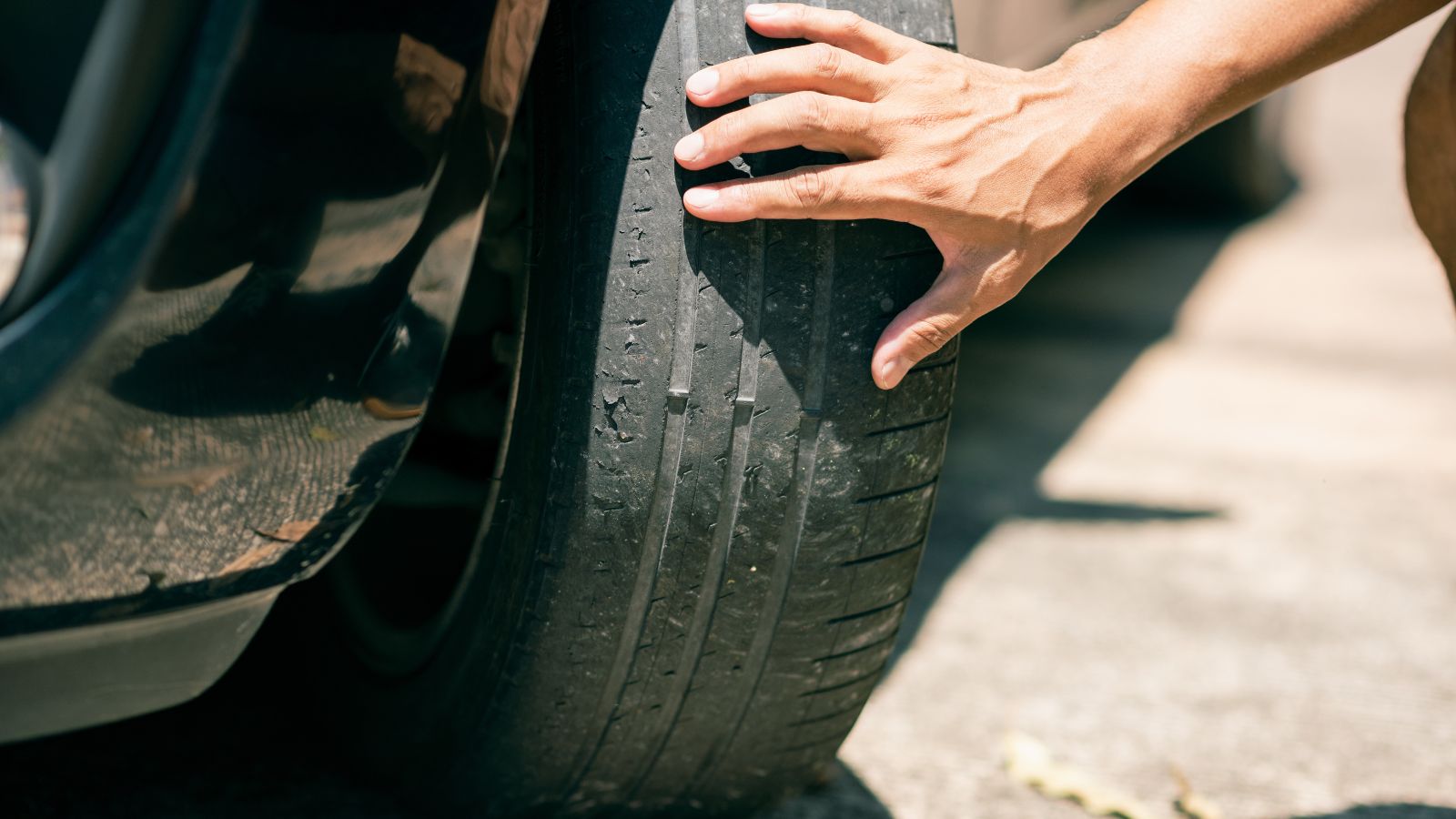
Uneven tread wear suggests wheel alignment or suspension issues. You’ll probably notice that one side of the tire is more worn than the other, or that the center has less tread than the edges. Regular tire rotations on your vehicle will prolong their life expectancy, but once the wear is significant, replacement is your safest bet.
Vibrations While Driving

If you feel unusual vibrations through the steering wheel when you’re driving, it can mean your tires are in trouble. Damaged or badly-worn tires are often the culprit, although it could also point to alignment or suspension issues.
Either way, it needs to be checked out. Vibrations often indicate a tire that’s out of balance, so inspect your tires and replace them if needed.
Persistent Low Tire Pressure

Tires that lose air more often than usual probably have slow leaks or damaged sidewalls. Low pressure wears out your tires faster, reduces fuel efficiency and increases the risk of a blowout.
Any pressure issues should prompt you to inspect your tires immediately – and replace if necessary.
Worn-Out Tire Shoulders
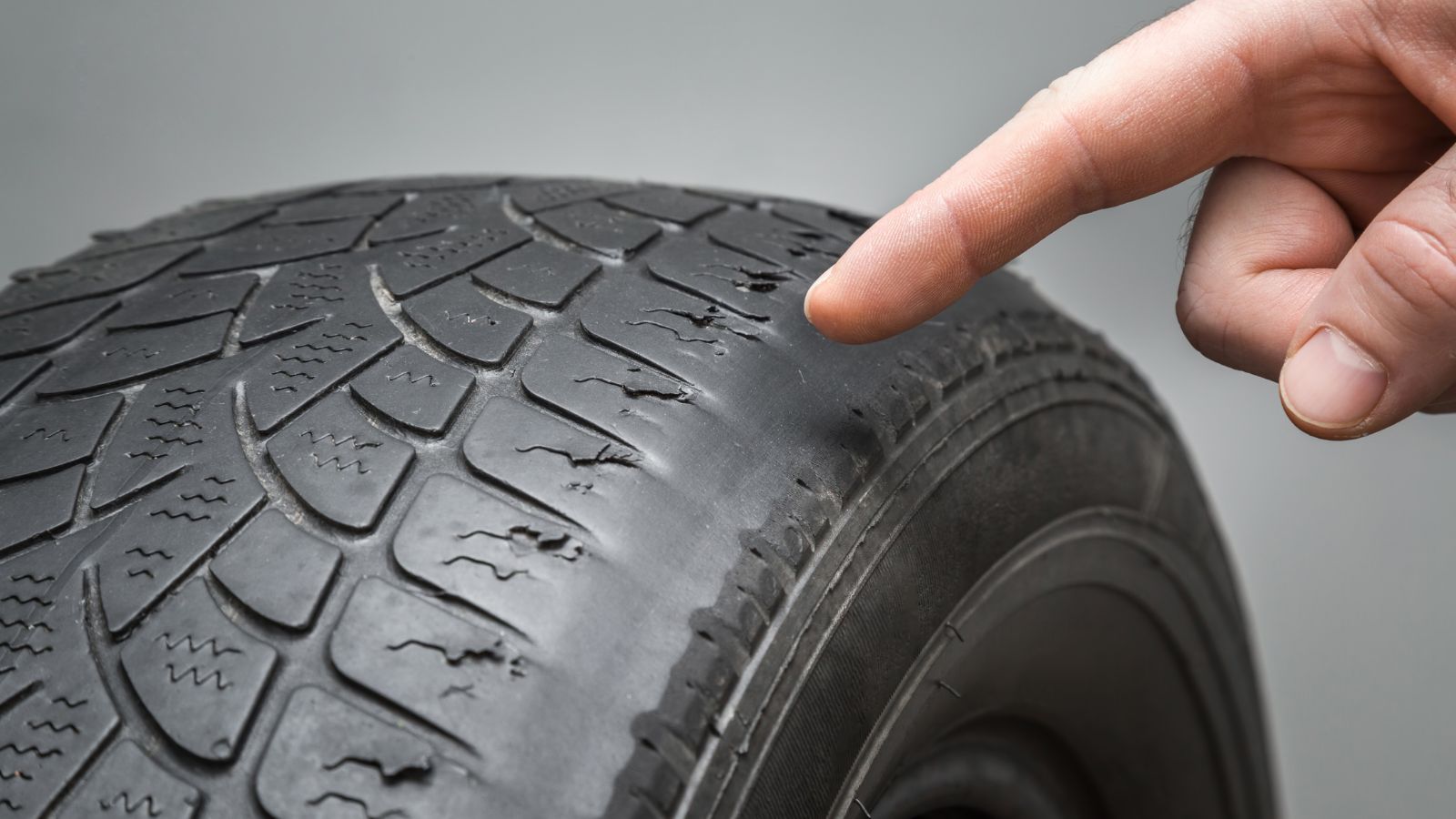
Cornering puts immense pressure on your tires. The edges or shoulders of the tires bear the brunt of this pressure. If these areas appear especially worn, it could mean you’ve been driving with improperly inflated tires or that your car’s wheel alignment is off.
Tire Age Matters
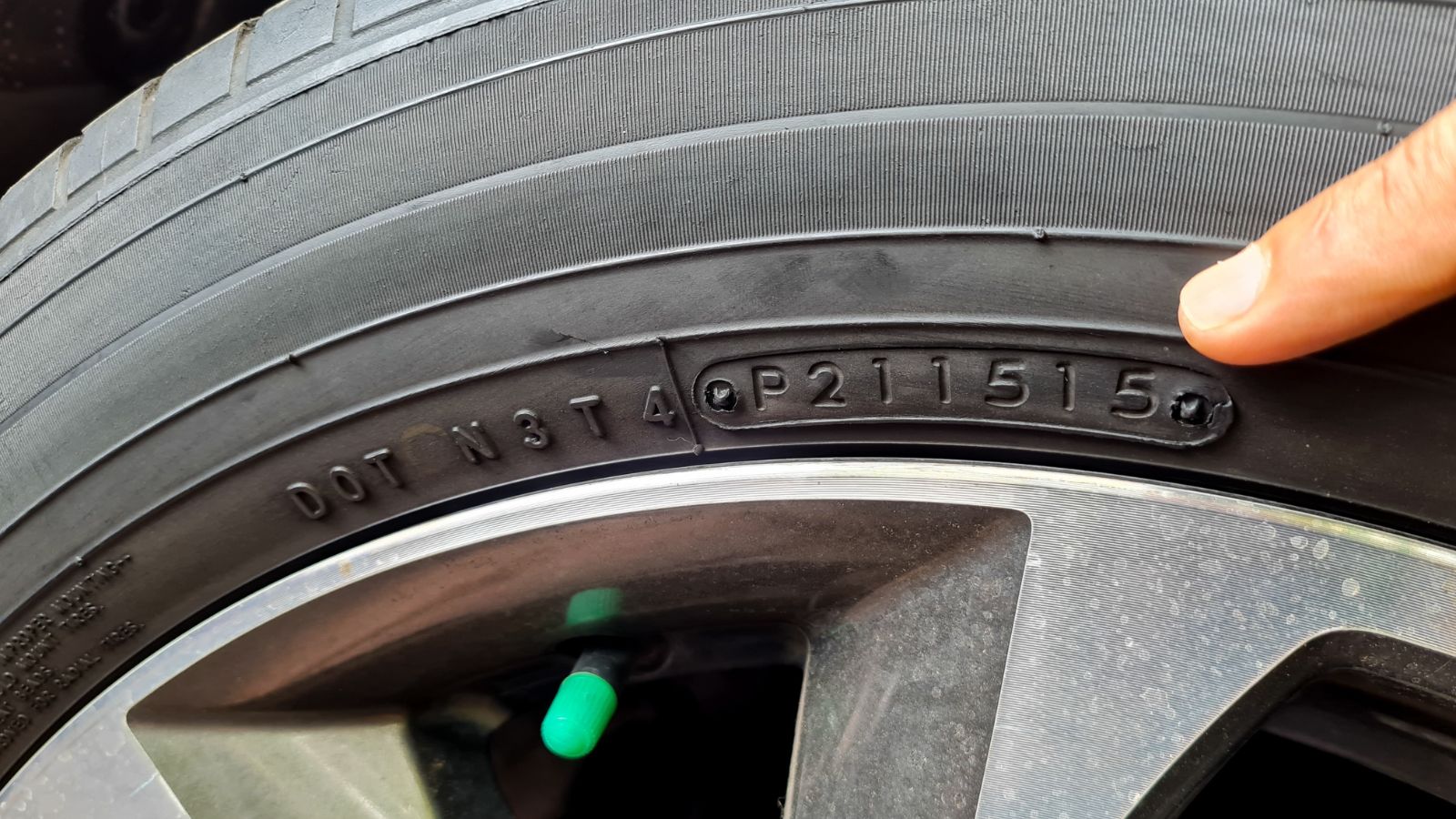
Did you know your tires have a life expectancy? Most tire manufacturers recommend replacing them every six to ten years, regardless of tread condition. Even if they look fine, their age matters, because rubber degrades over time, becoming less effective at gripping the road.
Check the date code on the tire’s sidewall to find out when they were made and plan accordingly.
Frequent Punctures or Repairs
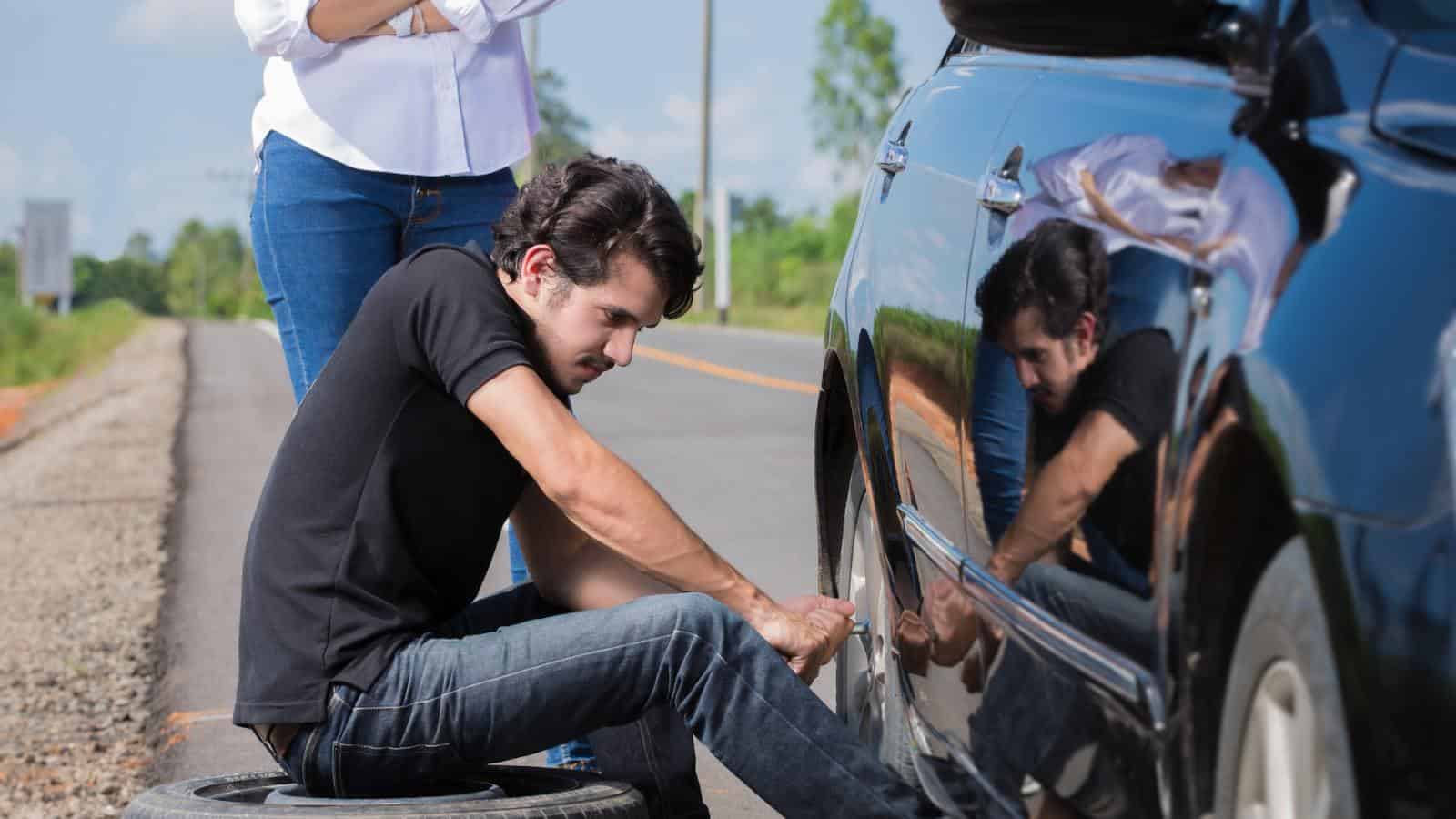
Tire repairs – patching up punctures – is a well-known fix, but too many repairs could weaken the tire. If you’re constantly patching up punctures or leaks, it may be more cost-effective – and safer – to replace the tire. Remember that patching is only a limited fix; some damage, like sidewall tears, can’t be safely repaired at all.
Noisy Tires
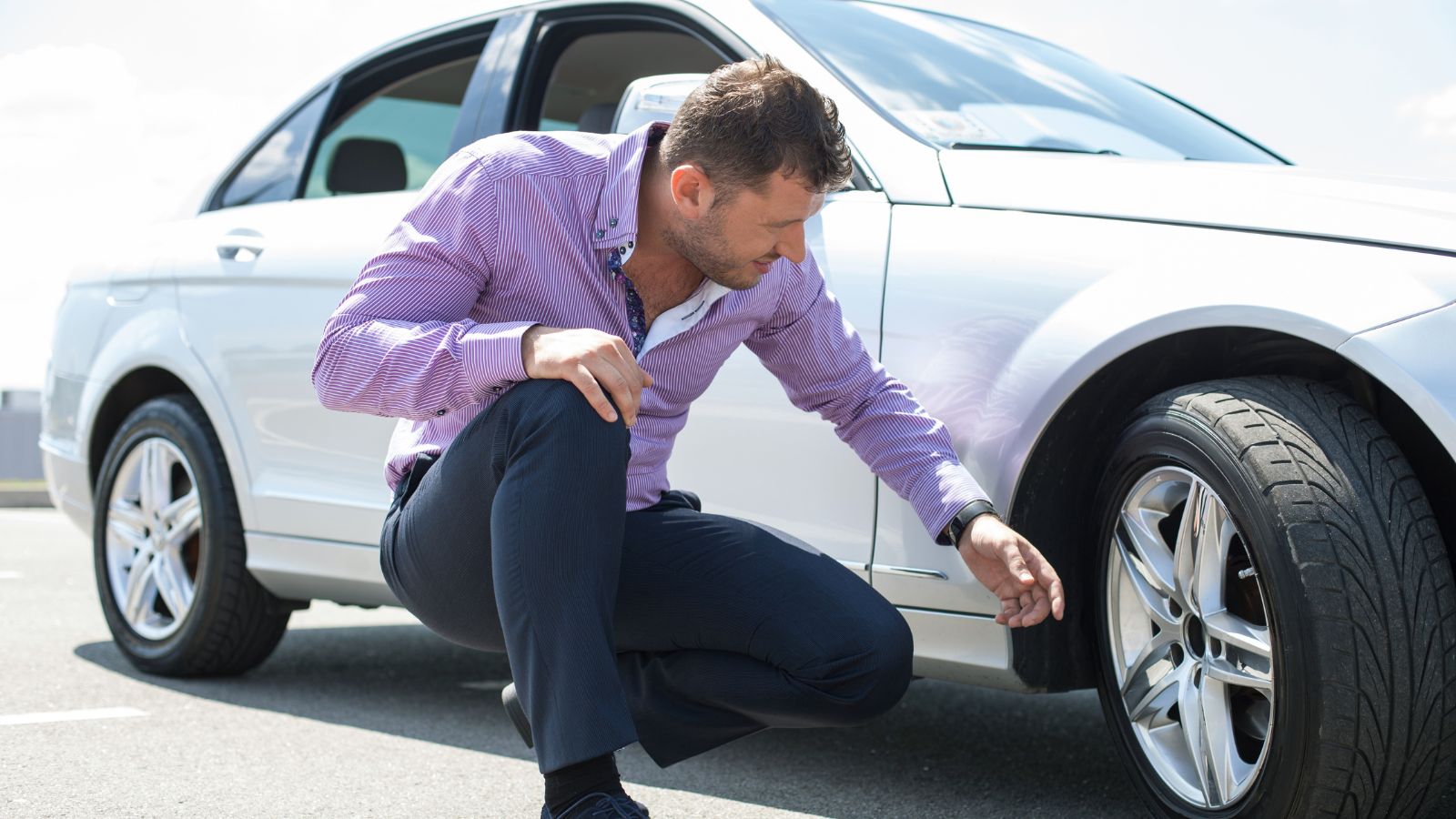
Are your tires too loud? Excessive noise while driving could mean uneven wear, improper inflation, or internal damage. Tires should operate smoothly, and any unusual sounds, like humming, thumping, or roaring, often indicate they’re past their prime.
Check out the source of the noise to determine whether a replacement is necessary.
Reduced Traction in Wet Conditions

Does your car struggle for grip on wet roads? It could mean your tread is too worn to channel water effectively. Hydroplaning – when your car skims over water instead of gripping the road – becomes more likely as tires wear, especially during heavy rain. Tires designed for wet performance lose their edge over time, so swap them out when they lose traction.
Visible Damage or Cuts
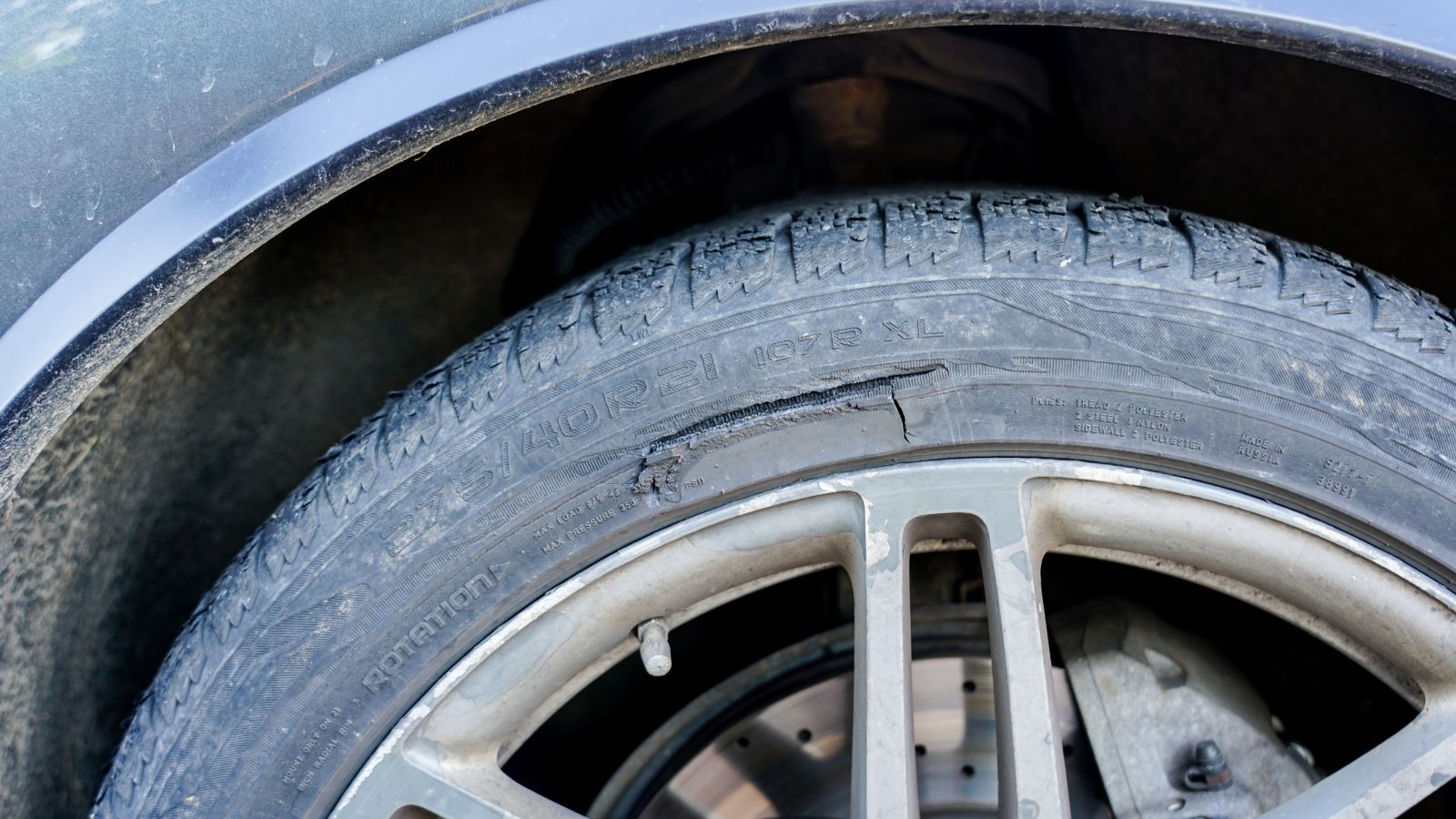
It’s a hard life being a tire, which can be damaged by uneven road surfaces, sharp objects and potholes. It’s crucial to check your tires for cuts, cracks, or chunks missing from the tread or sidewalls, which could compromise the tire’s integrity. Even if it isn’t losing air, there could be internal damage.
Tire Wobbling

Uneven tire wear or internal damage could result in a wobbling or shaking sensation while driving. It’s a strong indication of internal tire separation, where layers of the tire begin to pull apart. Besides making driving uncomfortable, it increases the risk of an accident.
Excessive Heat Buildup
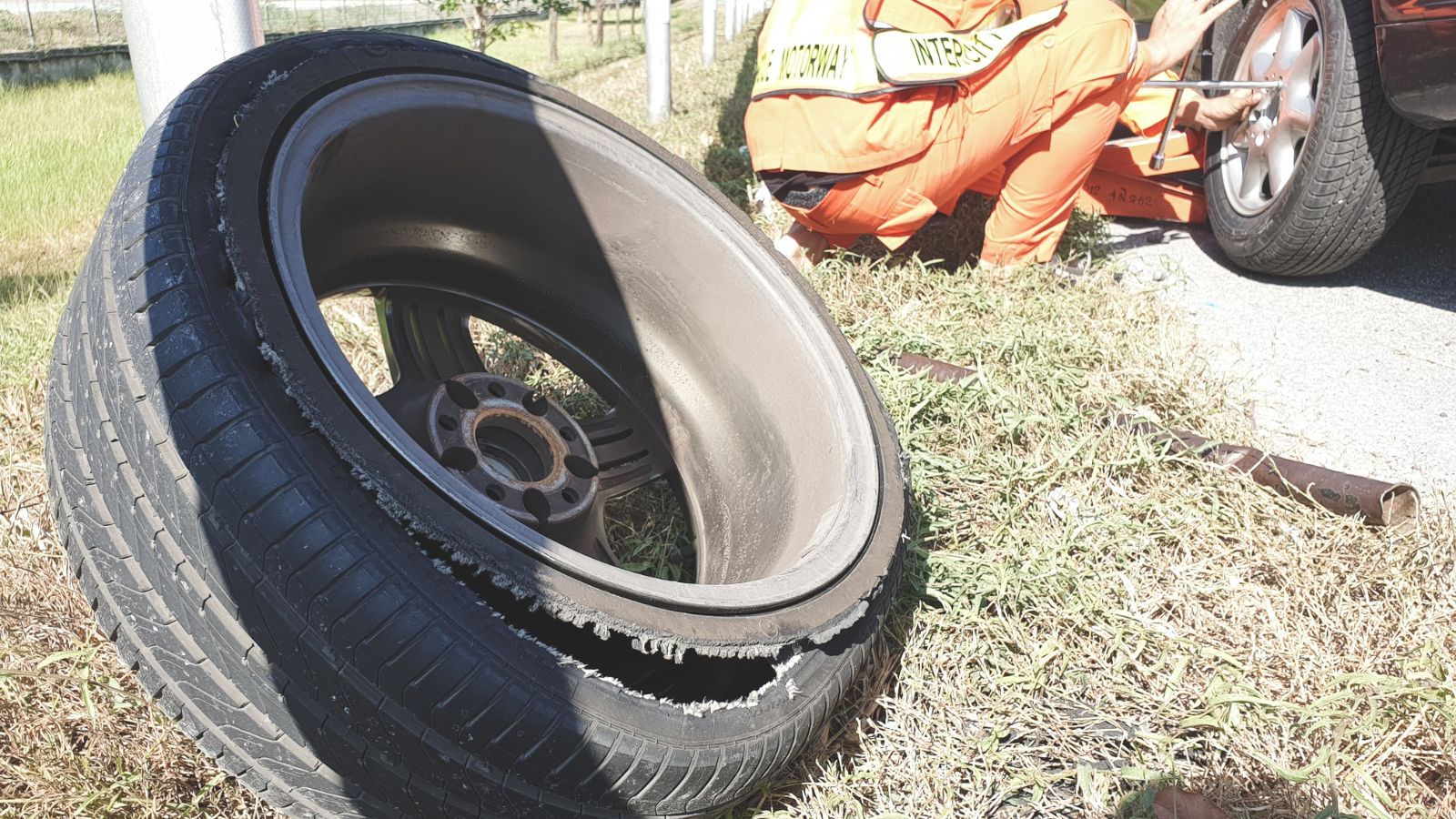
Tires don’t like getting hot, but it will happen if you drive on underinflated tires or carry heavy loads. Both scenarios generate more friction, which leads to higher temperatures. Prolonged exposure to excessive heat weakens the tire’s rubber, making it prone to cracking or blowouts. Always ensure your tires are properly inflated to avoid this issue.
Your Car’s Handling Feels Off

Worn-out tires will make their presence known when you’re driving. Expired tires could be to blame if you experience difficulty maintaining a straight path, delayed steering responses, or an unsteady feel when cornering. Replacing tires that compromise your car’s performance will restore stability and ensure a safer, more comfortable drive.
Visible Steel Belts or Cords
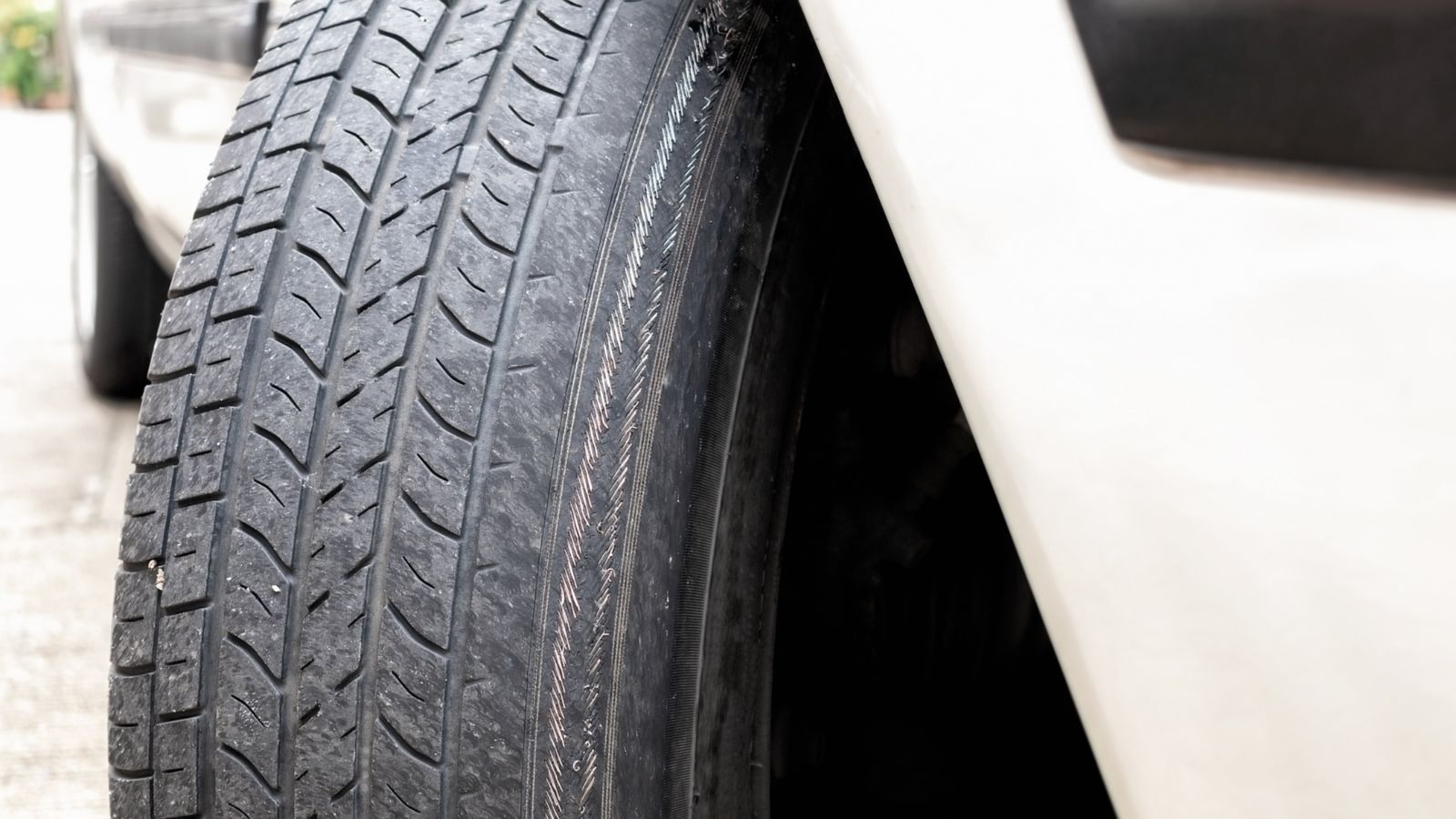
Beneath your tires’ rubber are steel belts or fabric cords. If you can see them, that’s a red flag issue. These materials are part of the tire’s structural framework, and their exposure means the outer layers have worn down completely.
Stop driving immediately and replace the affected tire(s). This isn’t a problem you can ignore or delay.
Poor Winter Performance

Does your car struggle for grip on snow, slush and ice? It’s most likely because the tires’ treads are too shallow to provide traction. Driving in winter conditions becomes much riskier with worn-out tires.
These issues can turn dangerous quickly, especially in freezing temperatures. Even winter or all-season tires lose their effectiveness as the rubber hardens with age and wear.
